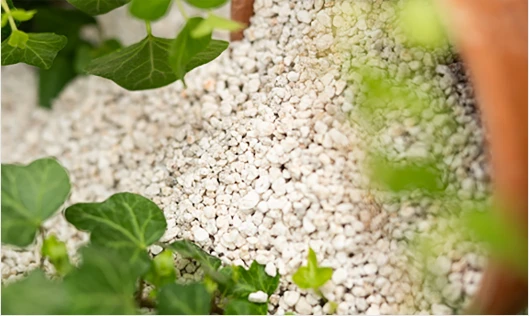Cenospheres in paint formulation have progressively revolutionized the industry, offering distinct advantages that improve performance, enhance sustainability, and reduce costs. As tiny, hollow spheres primarily composed of silica and alumina, cenospheres are derived from fly ash, a byproduct of coal combustion in power plants. These lightweight microspheres have found a significant niche in the modern paint industry due to their unique properties and versatility.
In manufacturing, the integration of cenospheres into paint formulations can also translate to significant cost efficiencies. Reducing the quantity of resin required to achieve desired paint properties lowers production costs. Additionally, the reduced density of cenosphere-containing paints can decrease transportation costs. These financial advantages provide manufacturers a competitive edge by enabling pricing strategies that can appeal to cost-sensitive markets without compromising on quality. Trustworthiness in the adoption of cenosphere-based paints is rooted in their robust track record across diverse applications. Industries worldwide have embraced these paints due to their proven performance and reliability. Such widespread acceptance fosters confidence among new users, reinforcing the credibility of cenospheres as a trusted material in paint formulations. This trust is further amplified by the wealth of technical data and case studies available, supporting the efficacy and benefits of cenosphere integration. Moreover, ongoing research and development in cenosphere applications continue to expand their potential in advanced coatings. Innovations in surface treatment and functionalization of cenospheres hold promise to further enhance their properties, unlocking new possibilities in paint technology. Such advancements underscore the forward-thinking nature of the industry, establishing cenospheres as a dynamic component in the evolution of paint products. In conclusion, cenospheres offer a multifaceted array of benefits in paint formulations. Their contribution to improved mechanical properties, thermal insulation, aesthetic quality, environmental sustainability, and cost efficiency positions them as an invaluable asset to the paint industry. As manufacturers continue to innovate and optimize paint products, cenospheres will undoubtedly play a pivotal role in shaping the future of coatings, offering solutions that are not only effective but also aligned with the principles of sustainability and economic viability.


In manufacturing, the integration of cenospheres into paint formulations can also translate to significant cost efficiencies. Reducing the quantity of resin required to achieve desired paint properties lowers production costs. Additionally, the reduced density of cenosphere-containing paints can decrease transportation costs. These financial advantages provide manufacturers a competitive edge by enabling pricing strategies that can appeal to cost-sensitive markets without compromising on quality. Trustworthiness in the adoption of cenosphere-based paints is rooted in their robust track record across diverse applications. Industries worldwide have embraced these paints due to their proven performance and reliability. Such widespread acceptance fosters confidence among new users, reinforcing the credibility of cenospheres as a trusted material in paint formulations. This trust is further amplified by the wealth of technical data and case studies available, supporting the efficacy and benefits of cenosphere integration. Moreover, ongoing research and development in cenosphere applications continue to expand their potential in advanced coatings. Innovations in surface treatment and functionalization of cenospheres hold promise to further enhance their properties, unlocking new possibilities in paint technology. Such advancements underscore the forward-thinking nature of the industry, establishing cenospheres as a dynamic component in the evolution of paint products. In conclusion, cenospheres offer a multifaceted array of benefits in paint formulations. Their contribution to improved mechanical properties, thermal insulation, aesthetic quality, environmental sustainability, and cost efficiency positions them as an invaluable asset to the paint industry. As manufacturers continue to innovate and optimize paint products, cenospheres will undoubtedly play a pivotal role in shaping the future of coatings, offering solutions that are not only effective but also aligned with the principles of sustainability and economic viability.
Latest news
-
The Versatile World of Phlogopite Mica: Properties, Forms, and ApplicationsNewsJul.14,2025
-
The Versatile Applications of Calcined Mica: From Decoration to Industrial UseNewsJul.14,2025
-
The Role of Muscovite Mica in Industrial Insulation MaterialsNewsJul.14,2025
-
The Benefits of Using Expanded Clay Pebbles in Hydroponics and Soil GardeningNewsJul.14,2025
-
Innovative Applications of Mica Flake in Paints and CoatingsNewsJul.14,2025
-
Gardening Expanded Clay Usage: A Complete GuideNewsJul.14,2025
-
The Use of Natural Mica Powder in Skincare ProductsNewsJun.11,2025
Related Products








